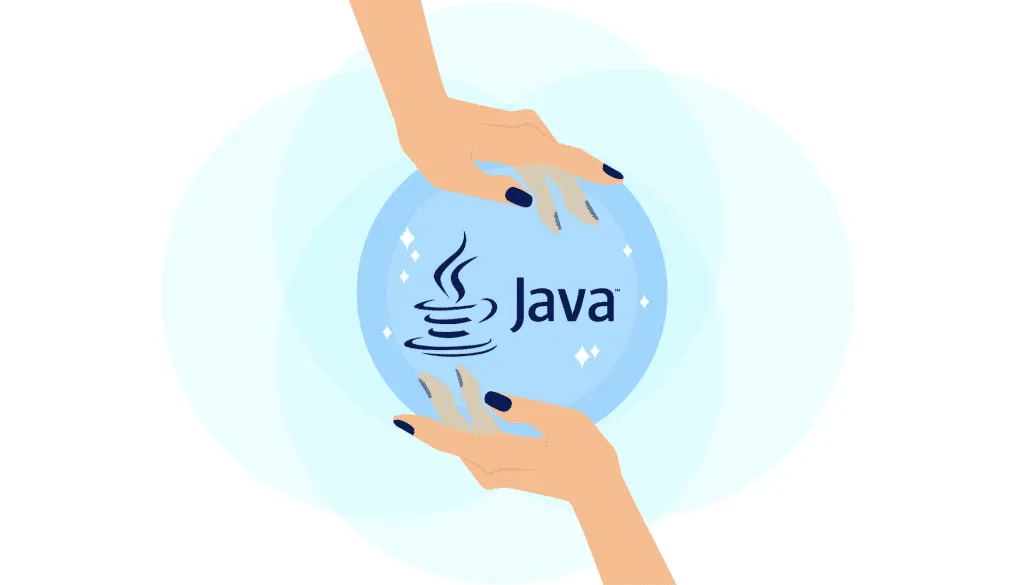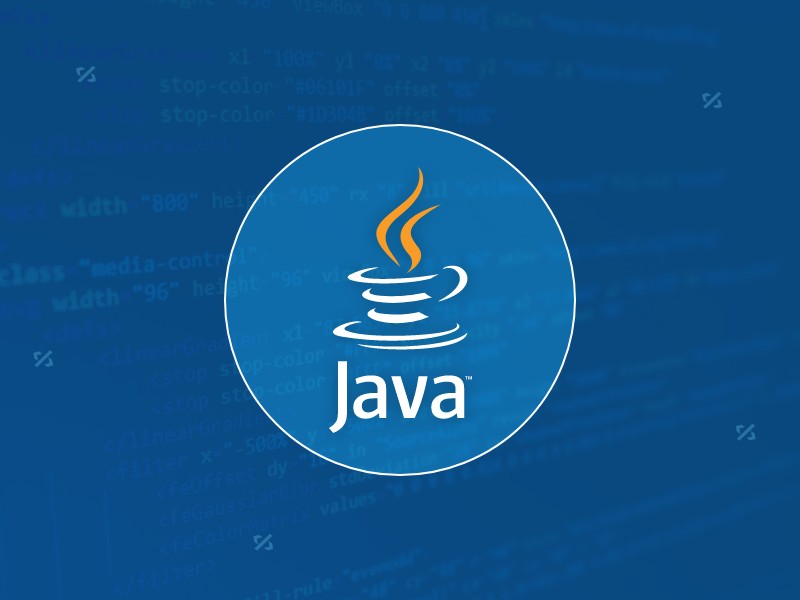Lambda expressions were introduced in Java 8 to simplify the writing of functional interfaces. 1. The basic syntax is (parameters) -> { body }, and parameter types or brackets can be omitted according to the situation. For example, if there is no parameter, use () -> System.out.println("Hello"), use x -> System.out.println(x), use multiple parameters (x, y) -> xy; 2. The lambda can be assigned to functional interfaces such as Runnable, Consumer or Function, which replaces anonymous class writing and improves readability; 3. It is often used in combination with collections and Stream APIs, such as forEach, filter, map, etc., to make the code more concise and clear; 4. Use parameter types in combination with type inference to improve code simplicity; 5. Use method references (such as System.out::println) instead of lambdas that only call a single method, further reducing redundant code. Rational use of lambda can improve Java development efficiency and code quality.

Lambda expressions were introduced in Java 8, and they brought a more concise way to write instances of functional interfaces —interfaces with only one abstract method. If you're looking to simplify your code or work with streams and modern Java features, lambdas are essential.

Here's how to use them effectively.

Understanding the Basic Syntax
The basic structure of a lambda expression is:
(parameters) -> { body }Depending on the situation, parts of this can be omitted for brevity.

- No parameters :
() -> System.out.println("Hello") - One parameter :
x -> System.out.println(x) - Multiple parameters :
(x, y) -> xy
You can assign these directly to functional interfaces like Runnable , Consumer , or Function .
For example:
Runnable r = () -> System.out.println("Running...");This replaces the older anonymous class style:
Runnable r = new Runnable() {
public void run() {
System.out.println("Running...");
}
};It's cleaner and easier to read, especially when passing behavior as arguments.
Using Lambdas with Collections and Streams
One of the most common uses of lambda expressions is with Java Streams , which were also introduced in Java 8.
If you have a list and want to process each element, instead of writing a loop, you can do something like:
List<String> names = Arrays.asList("Alice", "Bob", "Charlie");
names.forEach(name -> System.out.println(name));Or filter elements:
names.stream()
.filter(name -> name.startsWith("A"))
.forEach(System.out::println);This makes it easy to chain operations and keep your logic clear.
Some key interfaces to know when working with lambdas and streams:
-
Predicate<T>– used for filtering (testmethod) -
Function<T, R>– used for mapping (apply) -
Consumer<T>– for side effects (accept) -
Supplier<T>– for lazy evaluation (get)
Each of these can be implemented using a lambda, without needing custom classes.
Leveraging Type Inference and Method References
Java can often infer types from context, so you don't always need to specify them explicitly.
Instead of:
List<String> filtered = names.stream()
.filter((String name) -> name.length() > 3)
.toList();You can just write:
List<String> filtered = names.stream()
.filter(name -> name.length() > 3)
.toList();Also, if your lambda just calls an existing method, you can replace it with a method reference :
names.forEach(System.out::println);
Which is shorter than:
names.forEach(x -> System.out.println(x));
Method references come in a few forms:
-
ClassName::staticMethod -
object::instanceMethod -
ClassName::instanceMethod(used when the first argument is the instance)
They help reduce visual noise and improve readingability.
Using lambda expressions doesn't have to feel complex. Start with simple cases like replacing anonymous classes or iterating over collections, and gradually move into more advanced stream operations. Just remember to keep your lambdas short and focused — ideally doing only one thing.
Once you get used to them, they become a natural part of your Java toolkit.
Basically that's it.
The above is the detailed content of How to use lambda expressions in Java?. For more information, please follow other related articles on the PHP Chinese website!

Hot AI Tools

Undress AI Tool
Undress images for free

Undresser.AI Undress
AI-powered app for creating realistic nude photos

AI Clothes Remover
Online AI tool for removing clothes from photos.

Clothoff.io
AI clothes remover

Video Face Swap
Swap faces in any video effortlessly with our completely free AI face swap tool!

Hot Article

Hot Tools

Notepad++7.3.1
Easy-to-use and free code editor

SublimeText3 Chinese version
Chinese version, very easy to use

Zend Studio 13.0.1
Powerful PHP integrated development environment

Dreamweaver CS6
Visual web development tools

SublimeText3 Mac version
God-level code editing software (SublimeText3)

Hot Topics
 Difference between HashMap and Hashtable?
Jun 24, 2025 pm 09:41 PM
Difference between HashMap and Hashtable?
Jun 24, 2025 pm 09:41 PM
The difference between HashMap and Hashtable is mainly reflected in thread safety, null value support and performance. 1. In terms of thread safety, Hashtable is thread-safe, and its methods are mostly synchronous methods, while HashMap does not perform synchronization processing, which is not thread-safe; 2. In terms of null value support, HashMap allows one null key and multiple null values, while Hashtable does not allow null keys or values, otherwise a NullPointerException will be thrown; 3. In terms of performance, HashMap is more efficient because there is no synchronization mechanism, and Hashtable has a low locking performance for each operation. It is recommended to use ConcurrentHashMap instead.
 What are static methods in interfaces?
Jun 24, 2025 pm 10:57 PM
What are static methods in interfaces?
Jun 24, 2025 pm 10:57 PM
StaticmethodsininterfaceswereintroducedinJava8toallowutilityfunctionswithintheinterfaceitself.BeforeJava8,suchfunctionsrequiredseparatehelperclasses,leadingtodisorganizedcode.Now,staticmethodsprovidethreekeybenefits:1)theyenableutilitymethodsdirectly
 How does JIT compiler optimize code?
Jun 24, 2025 pm 10:45 PM
How does JIT compiler optimize code?
Jun 24, 2025 pm 10:45 PM
The JIT compiler optimizes code through four methods: method inline, hot spot detection and compilation, type speculation and devirtualization, and redundant operation elimination. 1. Method inline reduces call overhead and inserts frequently called small methods directly into the call; 2. Hot spot detection and high-frequency code execution and centrally optimize it to save resources; 3. Type speculation collects runtime type information to achieve devirtualization calls, improving efficiency; 4. Redundant operations eliminate useless calculations and inspections based on operational data deletion, enhancing performance.
 What is an instance initializer block?
Jun 25, 2025 pm 12:21 PM
What is an instance initializer block?
Jun 25, 2025 pm 12:21 PM
Instance initialization blocks are used in Java to run initialization logic when creating objects, which are executed before the constructor. It is suitable for scenarios where multiple constructors share initialization code, complex field initialization, or anonymous class initialization scenarios. Unlike static initialization blocks, it is executed every time it is instantiated, while static initialization blocks only run once when the class is loaded.
 What is the Factory pattern?
Jun 24, 2025 pm 11:29 PM
What is the Factory pattern?
Jun 24, 2025 pm 11:29 PM
Factory mode is used to encapsulate object creation logic, making the code more flexible, easy to maintain, and loosely coupled. The core answer is: by centrally managing object creation logic, hiding implementation details, and supporting the creation of multiple related objects. The specific description is as follows: the factory mode handes object creation to a special factory class or method for processing, avoiding the use of newClass() directly; it is suitable for scenarios where multiple types of related objects are created, creation logic may change, and implementation details need to be hidden; for example, in the payment processor, Stripe, PayPal and other instances are created through factories; its implementation includes the object returned by the factory class based on input parameters, and all objects realize a common interface; common variants include simple factories, factory methods and abstract factories, which are suitable for different complexities.
 What is the `final` keyword for variables?
Jun 24, 2025 pm 07:29 PM
What is the `final` keyword for variables?
Jun 24, 2025 pm 07:29 PM
InJava,thefinalkeywordpreventsavariable’svaluefrombeingchangedafterassignment,butitsbehaviordiffersforprimitivesandobjectreferences.Forprimitivevariables,finalmakesthevalueconstant,asinfinalintMAX_SPEED=100;wherereassignmentcausesanerror.Forobjectref
 What is type casting?
Jun 24, 2025 pm 11:09 PM
What is type casting?
Jun 24, 2025 pm 11:09 PM
There are two types of conversion: implicit and explicit. 1. Implicit conversion occurs automatically, such as converting int to double; 2. Explicit conversion requires manual operation, such as using (int)myDouble. A case where type conversion is required includes processing user input, mathematical operations, or passing different types of values ??between functions. Issues that need to be noted are: turning floating-point numbers into integers will truncate the fractional part, turning large types into small types may lead to data loss, and some languages ??do not allow direct conversion of specific types. A proper understanding of language conversion rules helps avoid errors.
 Why do we need wrapper classes?
Jun 28, 2025 am 01:01 AM
Why do we need wrapper classes?
Jun 28, 2025 am 01:01 AM
Java uses wrapper classes because basic data types cannot directly participate in object-oriented operations, and object forms are often required in actual needs; 1. Collection classes can only store objects, such as Lists use automatic boxing to store numerical values; 2. Generics do not support basic types, and packaging classes must be used as type parameters; 3. Packaging classes can represent null values ??to distinguish unset or missing data; 4. Packaging classes provide practical methods such as string conversion to facilitate data parsing and processing, so in scenarios where these characteristics are needed, packaging classes are indispensable.






